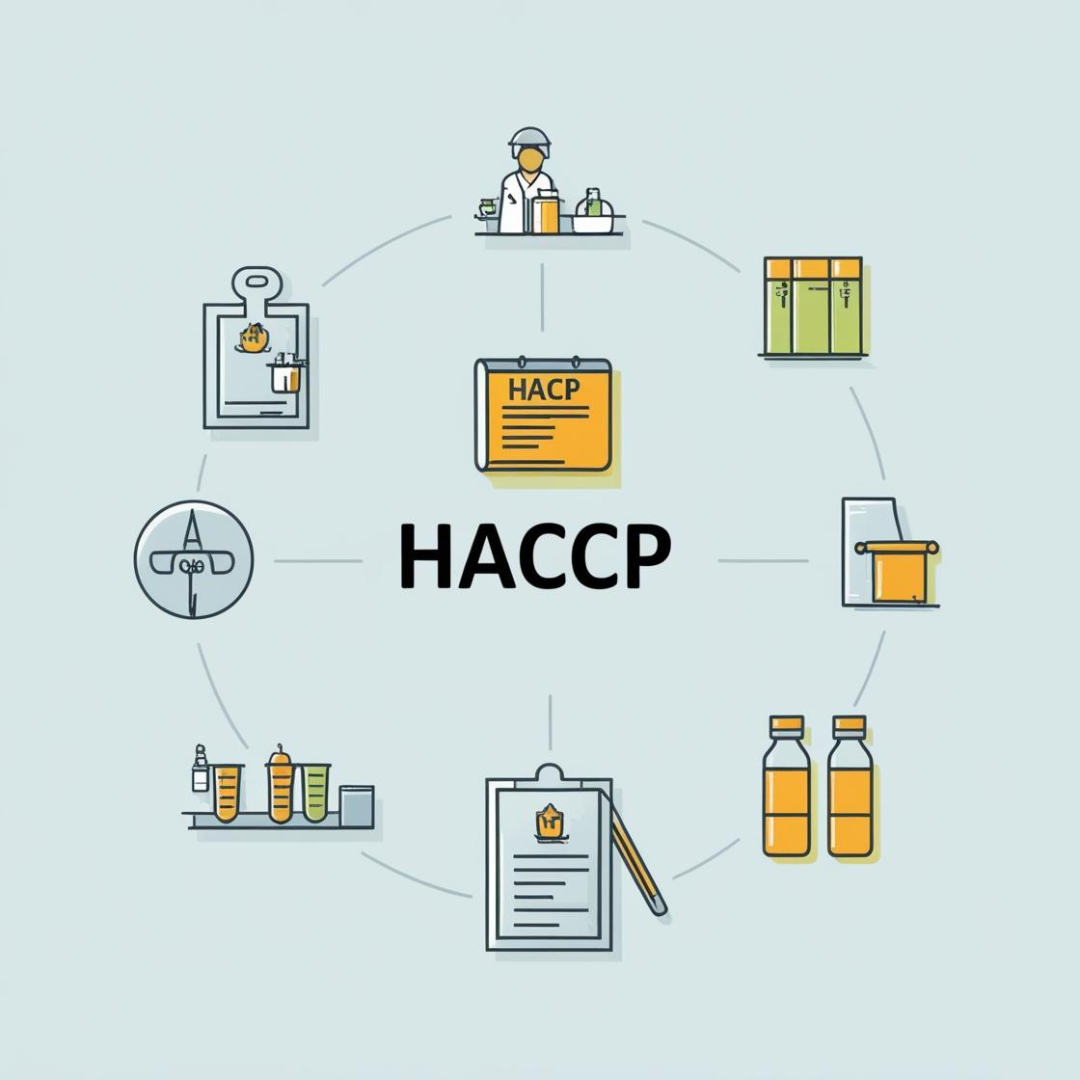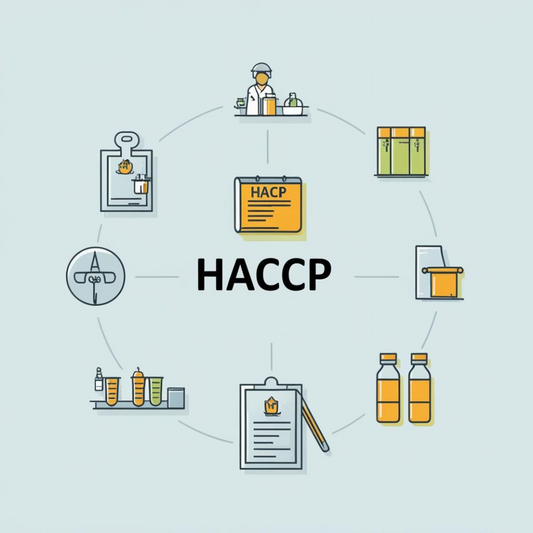OrbitAID Wins Grant for In-Orbit Refueling Interface
Share
📰 What’s the Announcement?
Chennai-based startup OrbitAID Aerospace has secured a significant partnership under the Indo-Australian Space MAITRI grant. Under this arrangement:
They will deploy India’s first in-orbit docking and refuelling interface, called the Standard Interface for Docking and Refuelling Port (SIDRP).
The system is slated to be flown aboard an international joint mission in 2026, operated by Australia’s Space Machines Company.
The scope includes not only the in-space hardware (docking/refuelling interface) but also ground propellant logistics and supply chain, linking Earth-based fueling with in-orbit servicing.
OrbitAID also runs dedicated R&D facilities in Bengaluru for testing proximity operations, docking/refuelling systems and is developing tanker/“fuel station” satellites by ~2027.
🔍 Why This Matters
Extending Satellite Life & Promoting Sustainability
Satellites typically have finite lifetimes due to fuel exhaustion (for station-keeping, attitude control, etc.). An in-orbit refuelling interface means:
Satellites can be refuelled, thus extending operational life.
The economics of space shifts: rather than decommissioning satellites when fuel runs out, they can be serviced, reducing launch-waste and promoting sustainability.
Adds a servicing layer to space infrastructure — contributing to the emerging “orbital economy” of servicing, docking, refuelling, debris mitigation.
India’s Private Space Tech Showing Up
OrbitAID’s SIDRP system is a notable Indian-developed hardware targeting in-orbit servicing — a field traditionally dominated by big global players.
The Indo-Australian partnership underlines increasing international collaboration.
It helps build India’s space-tech ecosystem: manufacturing, testing, launch service, downstream servicing.
Strategic Infrastructure in Orbit
In-orbit refuelling is a building block for long-duration missions, constellations, more flexible space operations (e.g., satellite repositioning, extended mission lifetimes).
Offers opportunities for “satellite tanker” business models and in-space logistics.
⚙️ Key Features of the SIDRP & OrbitAID’s Plan
SIDRP (Standard Interface for Docking & Refuelling Port): A modular docking/refuelling hardware designed for integration with satellites and tanker/refuelling craft.
OrbitAID: Founders are working on the system while raising funding ($1.5 M pre-seed, among others) to scale technologies.
Their Bengaluru R&D hub: includes proximity operations/docking facility, clean-room etc.
Mission timeline: Deployment aboard an Australian mission in 2026 under the grant. Service chain development ongoing.
⚠️ Challenges & What to Watch
Flight qualification & mission risk: In-orbit docking and refuelling remain complex — coupling hardware, fluids, safety, robotics, in microgravity.
Integration with international partners & regulation: Partnering with Australian firm and cross-border missions means coordination of standards, export controls, launch regulatory regimes.
Business model viability: The servicing/refuelling market is nascent. Will there be enough demand and payback?
Technology readiness & schedule risk: The mission dates (2026) demand timely progress in hardware, testing, integration.
Standardisation & interoperability: If SIDRP aims to become a “standard interface”, gaining wide adoption across satellites/providers is a longer-term challenge.
✅ What to Monitor Next (Action Points)
Announcement of the exact mission manifest for 2026 deployment: which satellite or platform will carry SIDRP.
Progress updates from OrbitAID: flight hardware status, TRL (Technology Readiness Level) progress, test results.
Market bookings: Are satellites / constellations signing up to use the refuelling service in future?
Regulatory/Policy developments in India: How space-servicing/refuelling is being regulated/licensed.
International collaboration: More MoUs or grants linking Indian servicing firms with foreign space agencies/companies.
🧭 Final Thoughts
OrbitAID’s achievement marks a key milestone for India’s commercial space tech ecosystem: moving from satellite builds and launches into satellite servicing and in-orbit logistics. The ability to refuel and service satellites in space could reshape how we operate orbital infrastructure — making it more flexible, longer-lived, and sustainable.
For India, this aligns with broader ambitions: not just to be a launcher nation but to build full-cycle space capabilities. Watch this space — literally.





